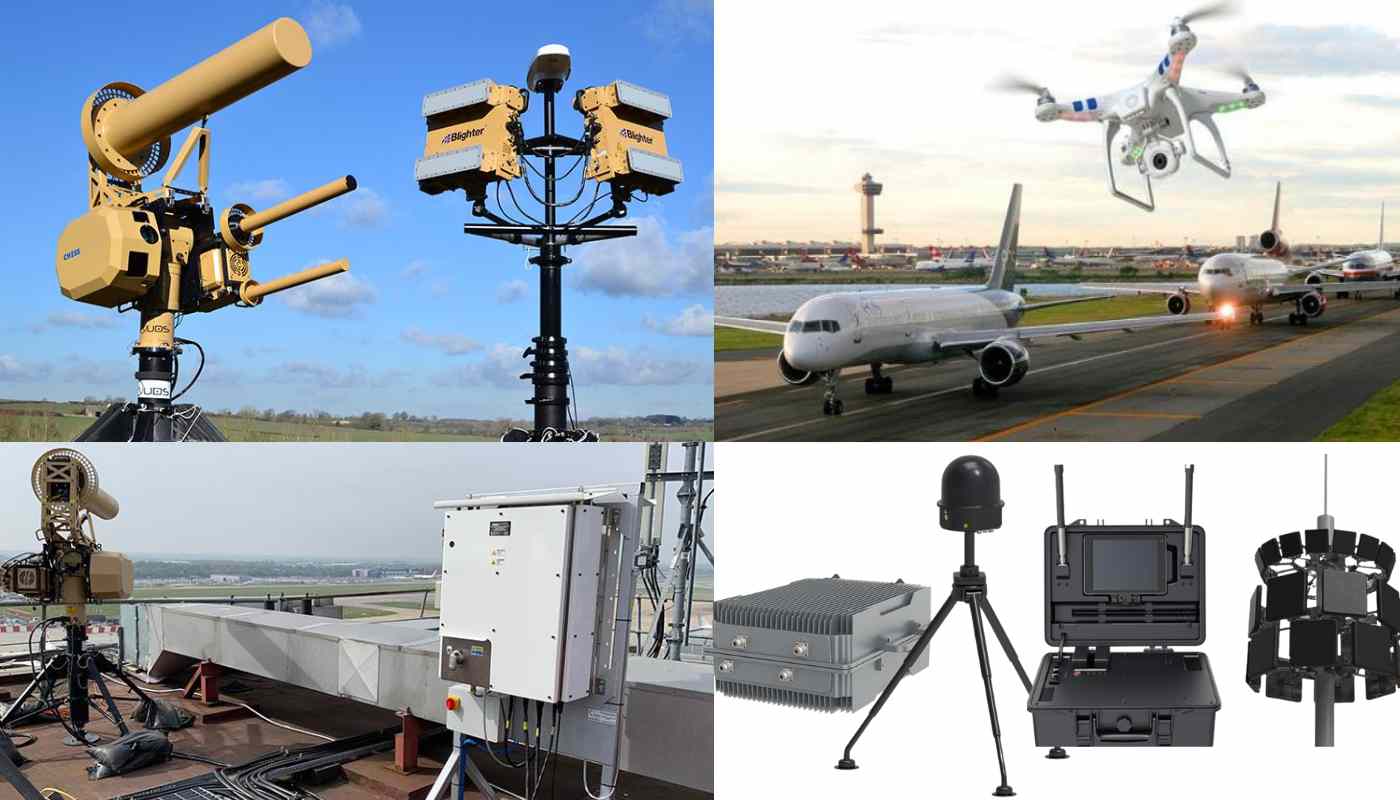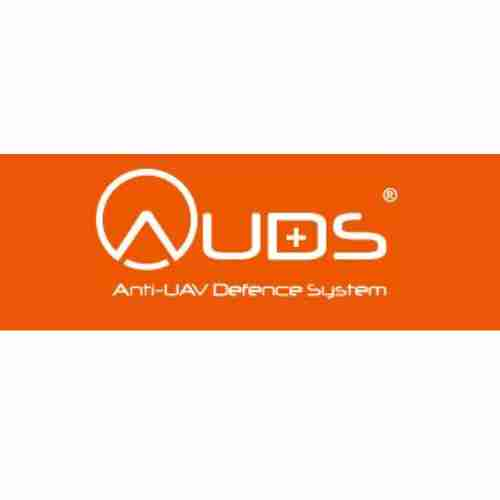Anti Drone System and Counter UAS Detection in UK in 2024
The once-futuristic vision of unmanned aerial vehicles (UAVs), or drones, buzzing freely in our skies has become a reality. While drones offer incredible potential for businesses, hobbyists, and even emergency services, their increasing accessibility has also introduced a new security concern. Drone detection systems and counter-UAS (Unmanned Aerial System) technologies are rapidly evolving in the UK to address this growing challenge.

Why are Anti-Drone Systems Needed in the UK?
Imagine the chaos a rogue drone could cause at a major airport like Heathrow or Gatwick. Disruptions to critical infrastructure, invasions of privacy, and even the potential for terrorism are all valid concerns. Here’s a closer look at why the UK is investing in counter-drone technology:
- Airport Security: A single drone near an airport runway can have a catastrophic impact on air traffic. Airport drone defense systems are crucial for ensuring the safety of passengers and crew.
- Critical National Infrastructure: Power plants, nuclear facilities, and other sensitive locations are vulnerable to drone attacks. Counter-UAS solutions provide an extra layer of protection for these vital assets.
- Public Safety: Drones used for malicious purposes can pose a threat to public safety. For example, they could be used for surveillance, drug trafficking, or even to deliver weapons. Drone mitigation technologies can help to prevent these threats.
Anti-Drone Technology on the Rise
The UK is at the forefront of developing and deploying innovative anti-drone technology. Here’s a breakdown of some of the key areas of focus:
- Drone Detection Systems: These systems use a variety of sensors, such as radar, radiofrequency (RF) detection, and electro-optical cameras, to identify and track unauthorized drones in restricted airspace.
- Drone Jamming Technology: Drone jammers disrupt the communication signal between a drone and its controller, effectively grounding it. However, regulations surrounding jammer use are strict due to potential interference with other communication systems.
- Drone Interception Systems: These systems use various methods, such as nets or directed energy, to physically take down a drone. This is a last resort option due to safety considerations.
- Drone Takeover Systems: These innovative technologies attempt to take control of a drone’s flight systems, allowing it to be safely landed or redirected.
Regulations and Collaboration
While counter-drone technology plays a vital role, a comprehensive approach is needed to address the drone threat effectively. Here are some additional considerations:
- Regulation: The UK government is actively developing regulations for drone use, including registration requirements, no-fly zones, and operator licensing.
- Collaboration: Effective counter-drone strategies require collaboration between government agencies, law enforcement, airports, and private security firms.
- Public Awareness: Educating the public about responsible drone use and the potential dangers of misuse is crucial for preventing incidents.
The Future of Airspace Security
The future of airspace security lies in a balanced approach that integrates advanced anti-drone technology with robust regulations and responsible drone use. As drone technology continues to evolve, so too will the UK’s counter-UAS capabilities.
Here are some exciting areas of development to watch:
- Integration with Unmanned Traffic Management (UTM) Systems: UTM systems will help to manage the safe integration of drones into shared airspace.
- Advanced Threat Detection Systems: These systems will be able to distinguish between authorized and unauthorized drones, reducing false alarms.
- Artificial Intelligence (AI) Powered Solutions: AI can be used to analyze drone behavior and predict potential threats, enabling a more proactive approach to counter-drone measures.
The UK is well-positioned to be a leader in airspace security. By investing in innovative technologies, fostering collaboration, and developing clear regulations, the UK can ensure the safe and secure use of drones while mitigating potential threats.
FAQs
Why are anti-drone systems needed at UK airports?
Unauthorized drones near airports pose a serious safety risk to airplanes and passengers. Anti-drone systems help detect and neutralize these threats, ensuring smooth operations and airspace security.
What technologies are used in counter-drone systems?
UK airports utilize various technologies like radar, radiofrequency detection, and even drone takeover systems. These work together to identify, track, and potentially disable unauthorized drones.
Are there regulations on drone use around airports in the UK?
Yes, the UK has established no-fly zones around airports and requires drone registration and operator licensing. Responsible drone use is crucial for maintaining airport security.










